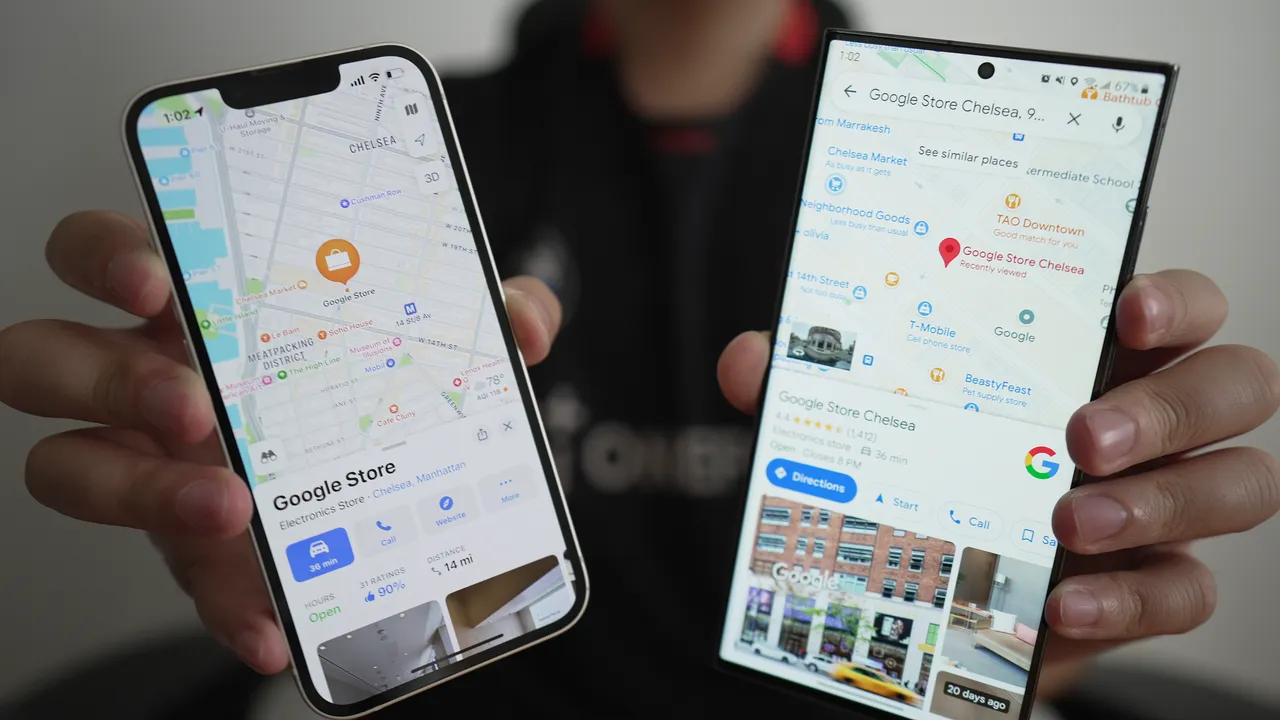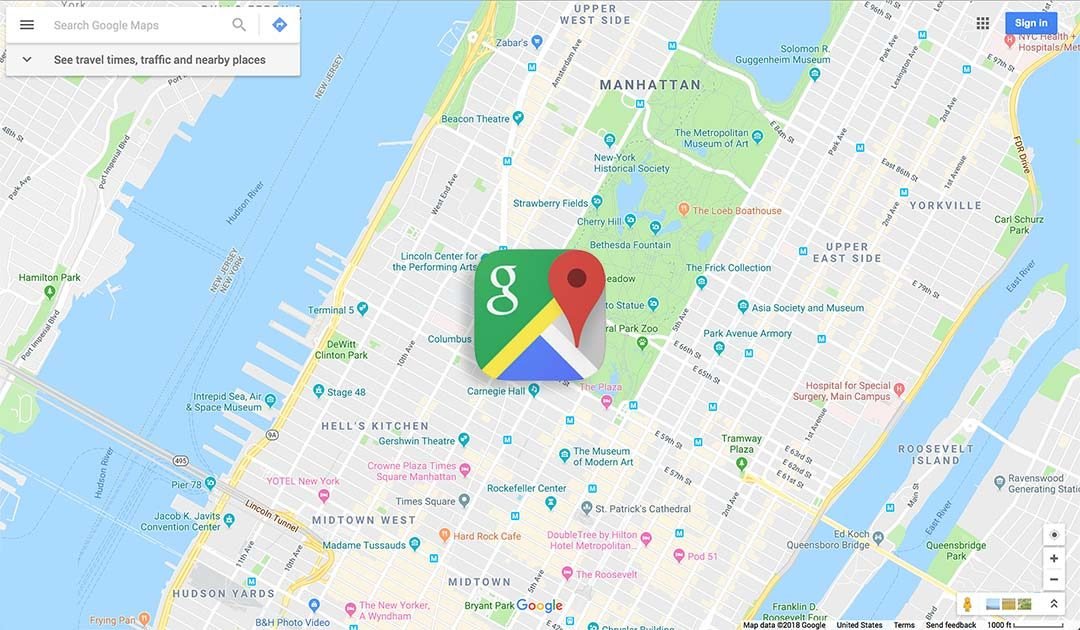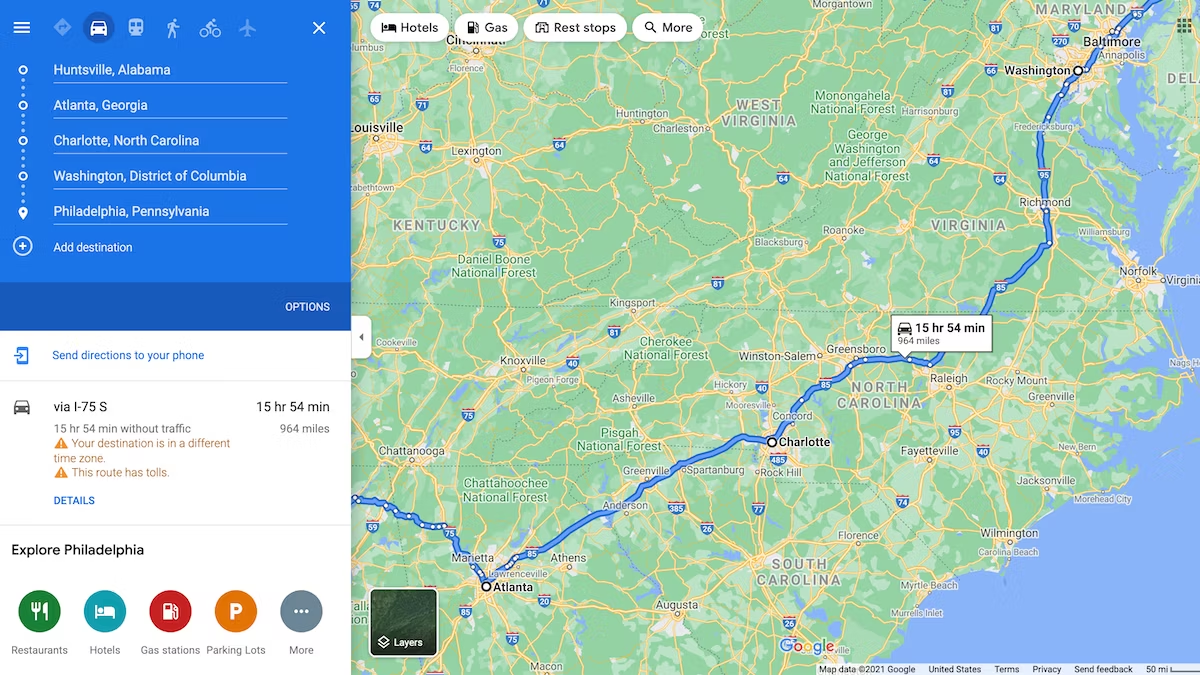Google Maps APIs offer powerful tools to integrate interactive maps into your website, enhancing user engagement and providing valuable geographic information. By leveraging these APIs, you can create custom map experiences that cater to your specific needs, from displaying location data to providing dynamic route planning. This guide explores the various Google Maps APIs and how they can improve your website’s user experience.

Google Maps JavaScript API
The Google Maps JavaScript API is one of the most versatile tools for integrating maps into your website. It allows you to embed a fully interactive map that can be customized with various features such as markers, polygons, and info windows. With this API, you can create responsive maps that adapt to different screen sizes and devices, ensuring a seamless experience for users. This API also supports event handling, allowing you to trigger actions based on user interactions with the map.
Geocoding and Reverse Geocoding APIs
The Geocoding API enables you to convert addresses into geographic coordinates (latitude and longitude) and vice versa. This functionality is essential for applications that need to process user addresses or display locations based on search queries. For example, you can use the Geocoding API to find the coordinates of a user’s address and then display it on the map. Reverse geocoding allows you to obtain human-readable addresses from geographic coordinates, which is useful for providing location-based information.
Places API
The Places API provides detailed information about points of interest (POIs) such as restaurants, hotels, and landmarks. By integrating this API, you can offer users rich location-based content, including reviews, photos, and operating hours. This API supports autocomplete functionality, which enhances search experiences by suggesting places as users type. It also allows you to filter search results based on user preferences and proximity.
Directions API
The Directions API is designed to offer routing and navigation services. Users can input starting and ending points to receive detailed directions, including turn-by-turn instructions, estimated travel time, and distance. This API supports multiple transportation modes, such as driving, walking, and cycling, providing users with flexible route options. It also includes traffic information, helping users avoid congestion and choose the most efficient route.
Distance Matrix API
The Distance Matrix API calculates travel times and distances between multiple locations. This API is ideal for applications that need to compare travel options or determine the most convenient locations based on distance. For example, you can use it to estimate delivery times, optimize routes for logistics, or find the nearest service providers. The Distance Matrix API supports multiple modes of transport and provides real-time traffic data.
Street View API
The Street View API allows you to embed panoramic, 360-degree imagery of streets and locations into your website. Users can virtually explore neighborhoods, landmarks, and other points of interest. This API enhances user engagement by offering immersive visual experiences and helping users visualize locations before visiting. You can customize the Street View imagery with various controls and overlays to match your website’s design.
Maps Embed API
The Maps Embed API provides a simple way to add static or interactive maps to your website without requiring extensive programming. You can generate an embed code to insert a map into your web pages, allowing users to view and interact with it directly. This API is useful for quick integrations and for websites that need basic map functionality without complex features.
Conclusion
Google Maps APIs offer a wide range of tools to enhance your website’s user experience by integrating interactive and dynamic map features. Whether you need to display locations, provide routing and navigation, or offer immersive Street View imagery, these APIs can be tailored to meet your specific needs. By leveraging Google Maps APIs, you can create a more engaging and functional website that delivers valuable geographic information to your users.











